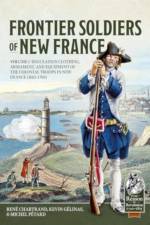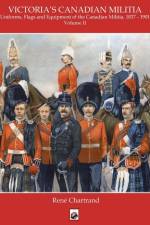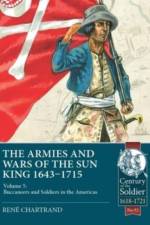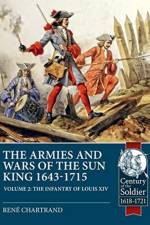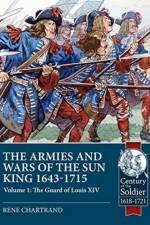av Rene Chartrand
591
Covers the full scope of the French East India Company's military prowess and colonial influence, from its global trade dominance to its strategic triumphs in India and Africa.From the early seventeenth century a multitude of French East or West India companies holding overseas trade monopolies and privileges were active in various parts of the world, especially in Africa and Asia. From 1719, they were united into a single vast Compagnie des Indes (Company of the Indies) known to the anglophone world as the French East India Company. In reality it was far more than that, for its trade privileges also covered Africa, other places in Asia from Arabia to China, and North America. Besides a multitude of usually modestly fortified trade lodges and factories, these companies were the actual government representing the Kingdom of France over substantial parts of Africa, India and the Indian Ocean islands as well as Louisiana in America from 1716 to 1731. The profits were expected to cover government operations. The companies had the power to make war where they operated, and thus, private-sector military conflicts often occurred. They, therefore, maintained their own private armies and navies that were totally independent from those of the King of France. These private troops were usually very modest until the formation of the Compagnie des Indes in 1719. Thereafter, as the French company expanded and became involved in the politics of the crumbling Mughal Empire in India, especially during the rule of the imperial visionary Dupleix, the fairly modest number of European soldiers was greatly expanded by enlisting many thousands of Indian soldiers who were given European training, weapons and sometimes uniforms. It was at the 1746 Battle of Aydar that Compagnie des Indes' French soldiers and sepoys utterly defeated a far larger Indian princely army so that dominance of a European nation in India was assured. After a hard fight, though, that nation would be Great Britain thanks to the good and effective support of its government compared to the French disinterest in overseas matters by the late 1750s. Pondicherry fell in 1761, as Senegal in Africa had three years earlier. The Compagnie des Indes, however, went on for another decade until it closed its books in 1770.The monopoly companies had quite a variety of troops posted in many places. The port of Lorient in France was, from the later seventeenth century, the European troops' depot and training center. Some served as marines on the company ships, others in a multitude of forts and trading lodges on three continents. Their recruitment and command are described. In India, their tactical role multiplied and led to the creation of units of gunners, horse grenadiers, dragoons, hussars, and grenadiers, all with very distinct uniforms. There were sepoy, topas and caffre units as well as auxiliary allied princely armies in India, and trained auxiliary soldiers in Africa. The few royal army soldiers sent to India in the late 1750s are also considered. All Indian, African and metropolitan army troops are covered and described in this fully illustrated study.

